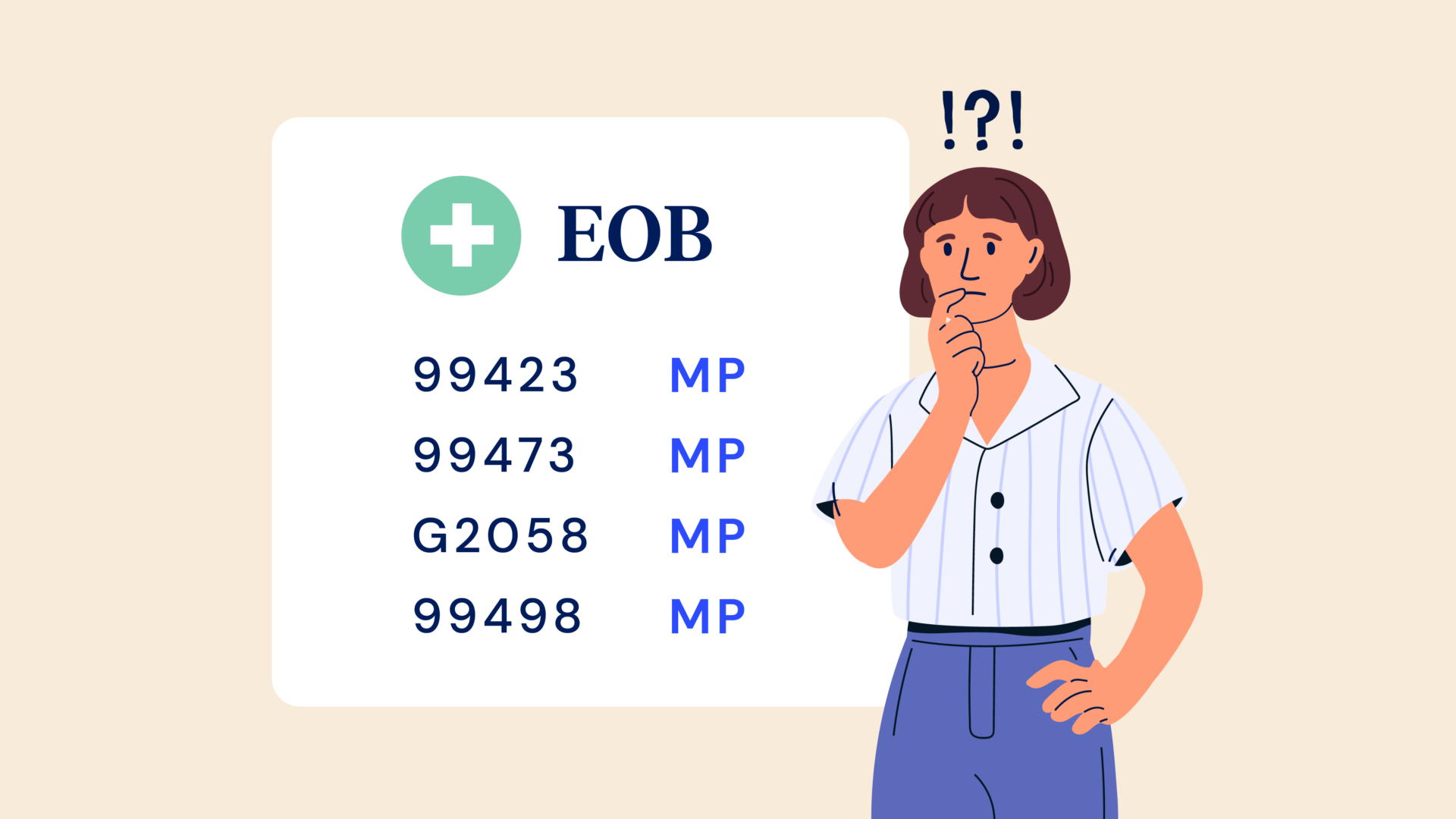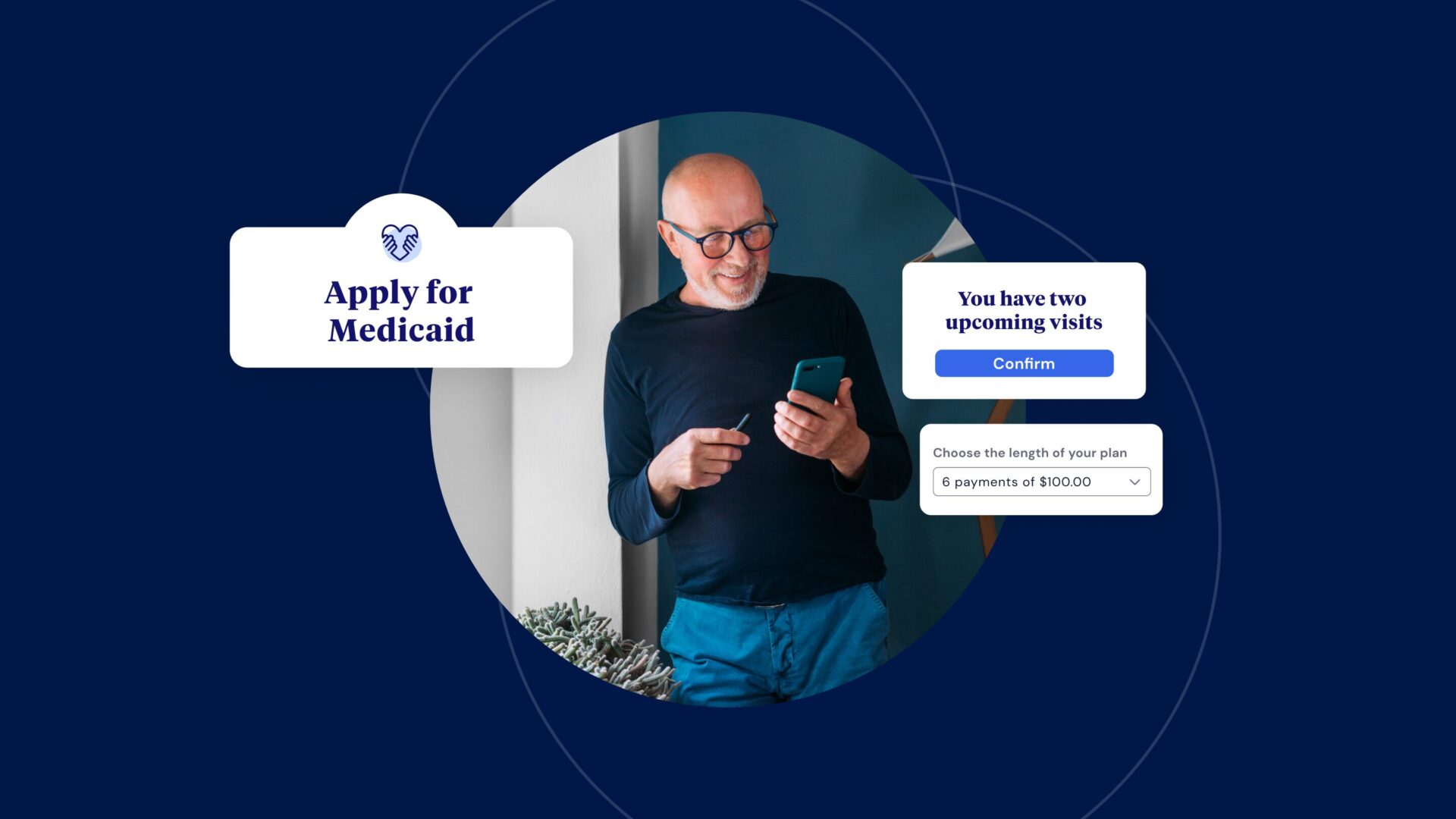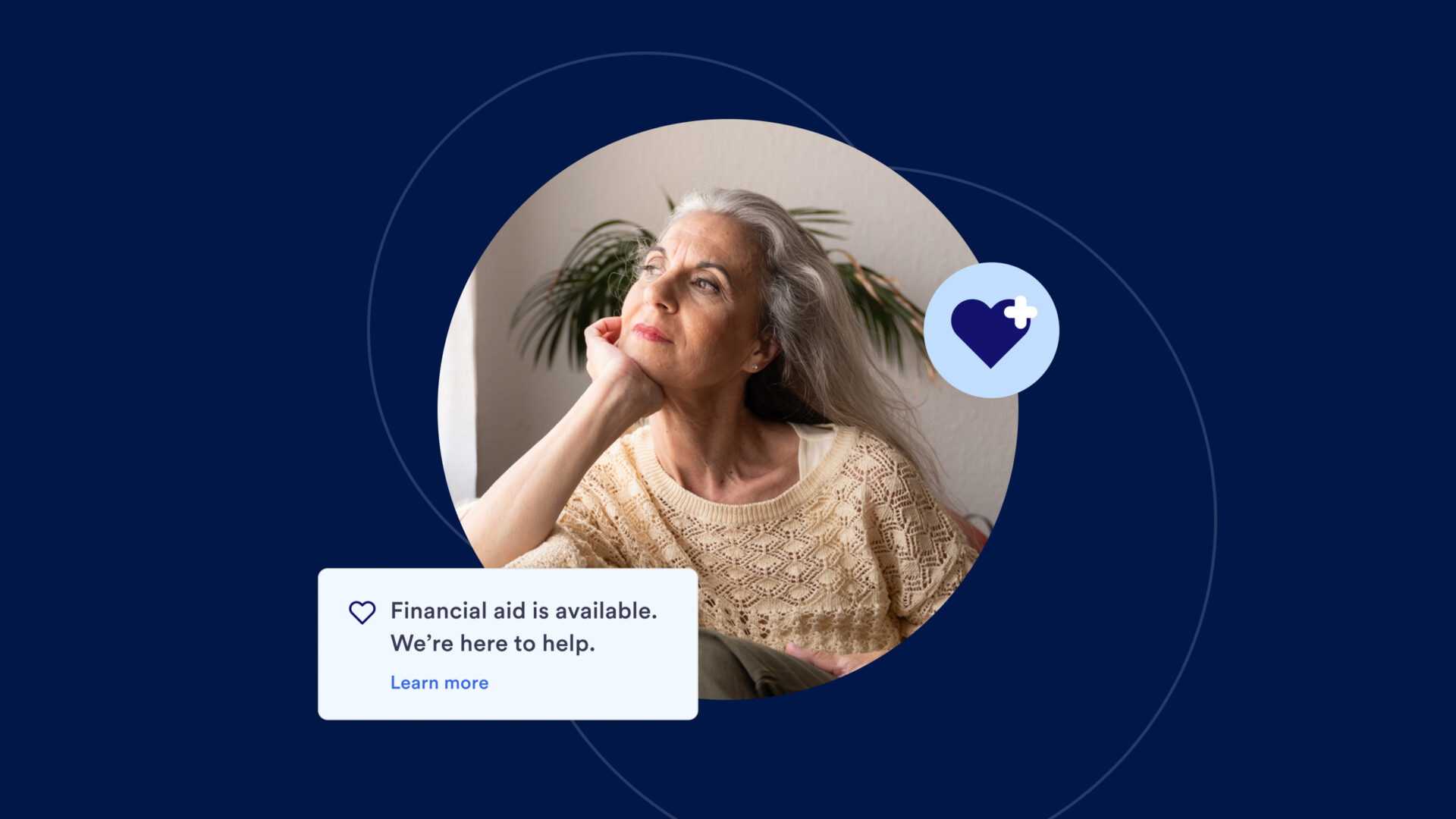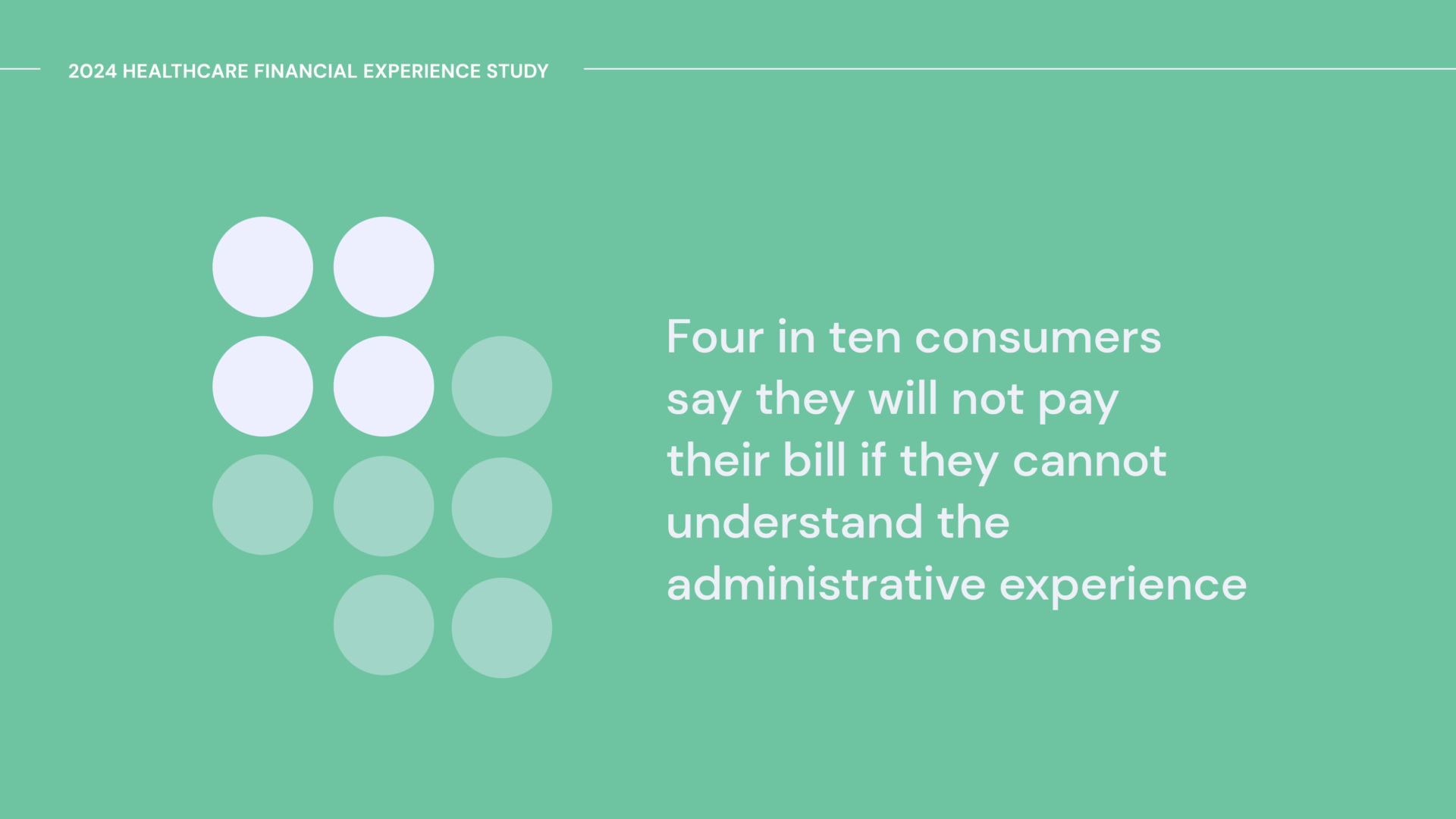In 1932, you could get a gallon of gas for a dime. That same year, the U.S. government introduced a fuel tax to raise revenue during the Great Depression. The cost to consumers? One cent per gallon.
Today, taxing drivers an extra penny might sound like nothing, but given the era, people weren’t happy with the thought of a 10 percent price hike. To make it appear as if prices weren’t changing much, gas station owners started adding another decimal place on their signs. Almost a century later, this marketing magic still exists, subtly making drivers feel better about paying $3.99 and 9/10 cents per gallon instead of $4.00 flat.
Gas stations may be the most visible example of pricing psychology at work in our lives. But since the 1930s, psychologists have discovered key insights about the ways consumers react to costs. As price transparency becomes more commonplace in healthcare with legislation like the No Surprises Act, and people have more options to shop around, it’s important for revenue cycle leaders to know how their decisions influence healthcare consumers—especially before care starts.
Here are three types of research to keep in mind.
The psychology of numbers
The way we respond to gas station signs is known as “left-digit bias,” which suggests the left-most digit in a number disproportionately sways our perception. Relatedly, prices that end in odd numbers like .99 or .95 are known as “charm prices” and come across as cheaper. Those ending in round numbers are seen as expensive (or premium, depending on how you spin it.)
In addition to digits and decimals, dollar signs can shape what consumers do. A Cornell study reported that people in restaurants spend more money when ordering from menus without dollar signs than they do when prices include dollar signs. They also order more when prices are listed in numerals instead of words–possibly because it’s not as obvious that they’re paying for something.
Many psychological insights like this originate from retail. Coming to similar conclusions in healthcare is trickier since it’s harder to compare a consumer’s medical preferences than, say, their dinner preferences. But as healthcare organizations put more emphasis on patient experience, new research continues to point to price as the most critical topic on patients’ minds.
In 2020, Harvard researchers interviewed 54 insured patients and coded their answers to gauge consumer behavior and sentiment toward shopping for healthcare. The results, published in the Journal of Participatory Medicine, showed that paying for care and knowing and comparing prices were the most frequent behaviors expressed by respondents.
As price transparency increases across the industry, those factors are only going to become more important.
The psychology of design
Design cues play a huge role in determining what we buy. We window-shop and judge books by their covers for a reason. As healthcare organizations make their prices more accessible online, seemingly minor design elements could affect what care patients pursue.
Take color. Seeing red can increase excitement, heart rates and blood pressure—which may sound appealing for certain industries, but isn’t ideal for researching the cost of a stressful medical procedure. Blue, meanwhile, can have a calming effect. A few years ago, Honda discovered that car sales increased 35% when shoppers were in rooms with blue walls compared to typical offices.
When it comes to price lists, what you don’t show also matters. Provider chargemasters tend to show up as lengthy spreadsheets that include thousands of rows. Too many options, though, can prevent patients from making beneficial decisions—or any decision at all.
“There’s a point where all of this choice starts to be not only unproductive, but counterproductive–a source of pain.”
When asked about too much consumer choice, Swarthmore psychologist and author Barry Schwartz told the American Psychological Association, “There’s a point where all of this choice starts to be not only unproductive, but counterproductive—a source of pain.”
Limiting choices not only helps healthcare consumers, but it could lead to more activity for providers as well. Take a Columbia Business school study that examined how choice impacted participation in 401(k) plans. Interestingly, when individuals had to choose from a menu of 59 retirement plans, only 60 percent opted in. But when people only had to decide between two plans, participation jumped to 75 percent.
What can healthcare leaders do to control this? Splitting items into categories and adding filtering options to chargemasters could help.
The psychology of language
It’s no secret medical bills are confusing. Whether navigating bills or EOBs, patients struggle to make sense of codes and abbreviations. Cedar’s latest Healthcare Consumer Experience Study found that this confusion was hurting all parties—including lowering payment rates for providers.
If individuals get to see your chargemaster ahead of care, adding descriptions to products and services could help increase patient satisfaction and payments. According to a Cornell study of food menus, researchers discovered that customers rated items with descriptive labels as higher quality and of more value than items without labels. The items with descriptive labels also drove 27% more sales.
However, there’s a fine line here. For example, a patient should not have to decipher a $128 charge for a “cough suppression device” that turns out to be a teddy bear (seriously). Or learn that a “mucus recovery system” is just a box of tissues. Stay away from buzzwords and euphemisms—instead, help healthcare consumers by keeping descriptions clear and accurate.
Cedar Pre, our new pre-visit solution, includes reliable healthcare cost estimates. Learn more here.



